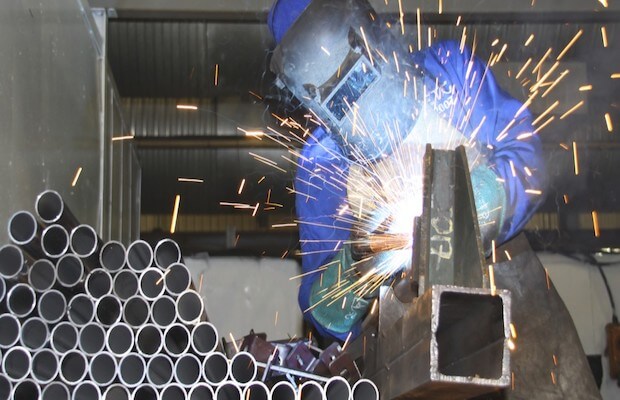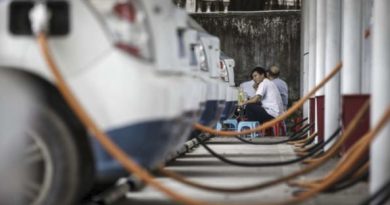Renewables key to Reaching Zero Emissions in Transport & Industry: IRENA

Only seven industry and transport sectors will account for 38 percent of all CO2 emissions globally in 2050 unless there are significant changes in current approaches. Concerted action beyond planned policies can turn the page within the remaining 40 years and achieve zero emissions in heavy industry and transport by around 2060, a key requirement to limit global temperature rises to 1.5°C. The use of renewables will be central, accelerated through the rapid falls in technology and power costs.
Renewable energy solutions for each of these sectors are available and could play a much larger role than previously assumed, preliminary findings of IRENA’s upcoming report ‘Reaching Zero with Renewables’ shows. Yet, for energy-intensive industrial sectors like iron and steel, chemicals, cement and aluminium as well as long-distance aviation, shipping and road freight transport, the options are not yet commercially mature and ready for wide adoption.
Analysing emission reduction challenges and options for these so-called hard-to-decarbonize sectors, the upcoming report sends a strong message to policymakers and industry investors to avoid the distraction of partial measures and unerringly pursue a path that scales up the few options consistent with reaching the zero-emission goal.
IRENA’s first Global Renewables Outlook has shown how to transform the global energy system in line with the Paris Agreement, keeping the temperature rise well below 2°C. The new report explores in detail how additional ‘deeper decarbonisation’ measures can go beyond to deliver zero-emission in key sectors by at the latest by 2060 – consistent with holding the line at 1.5°C.
“Reaching this ultimate global climate goal of zero-emissions requires eliminating direct CO2 emissions from energy use and industrial processes alike. A key component will be the production of increasingly cost-effective renewable energy carriers including electricity, biofuels, hydrogen and synthetic fuels to provide both energy and feedstocks,” the analysis highlighted.
Industry
Industry accounts for almost one-third of total global CO2 emissions with four industrial sectors producing over 21 percent of all current energy- and process-related emissions. Reaching zero however is achievable with a combination of measures – most of which utilise renewables for either energy or feedstocks.
Key recommendations for governments and industry:
- Establish demonstration projects to show what can be done and to collate and share the learning.
- Create demand for “green” materials e.g. through public procurement, corporate sourcing and minimum percent requirements; market creation to avoid “carbon leakage”.
- Increase public and private funding and cross-border collaboration for technology RD&D including hydrogen-based iron production, bio-based or synthetic chemicals, clinker alternatives, alternative construction techniques and materials, and the use of carbon removal technologies.
- Relocate production to areas with potential for low-cost renewable energy; this can create new value and supply chains while also delivering emission reductions.
- Ensure that countries with large or expanding production can utilise zero-emission-compatible production technologies; emerging economies will account for high shares of future production.
Transport
Transport accounts for just under a quarter of total global CO2 emissions with 3 long-distance transport sectors producing over 11 percent of all current energy-and process-related emissions. Emissions can be reduced to zero with a combination of measures – in particular biofuels, hydrogen & synthetic fuels and, in some cases, electrification.
Key recommendations for governments and industry include:
- Build on existing industry-wide international agreements to establish a shared zero-emission vision and strategy for international shipping and aviation and co-develop national and international roadmaps that have wide stakeholder support.
- Establish demonstration projects involving low-carbon fuel use and new propulsion designs, to show what can be done and to collate and share the learning.
- Create early demand for low-carbon transport provision and use e.g. through progressively tightening standards, through corporate commitments and via public-support to encourage investment and drive costs reduction.
- Increase public and private funding and cross-border collaboration for RD&D into sustainable biomass supply, biofuels production, synthetic fuel production and alternative propulsion designs.
Source: saurenergy.com




